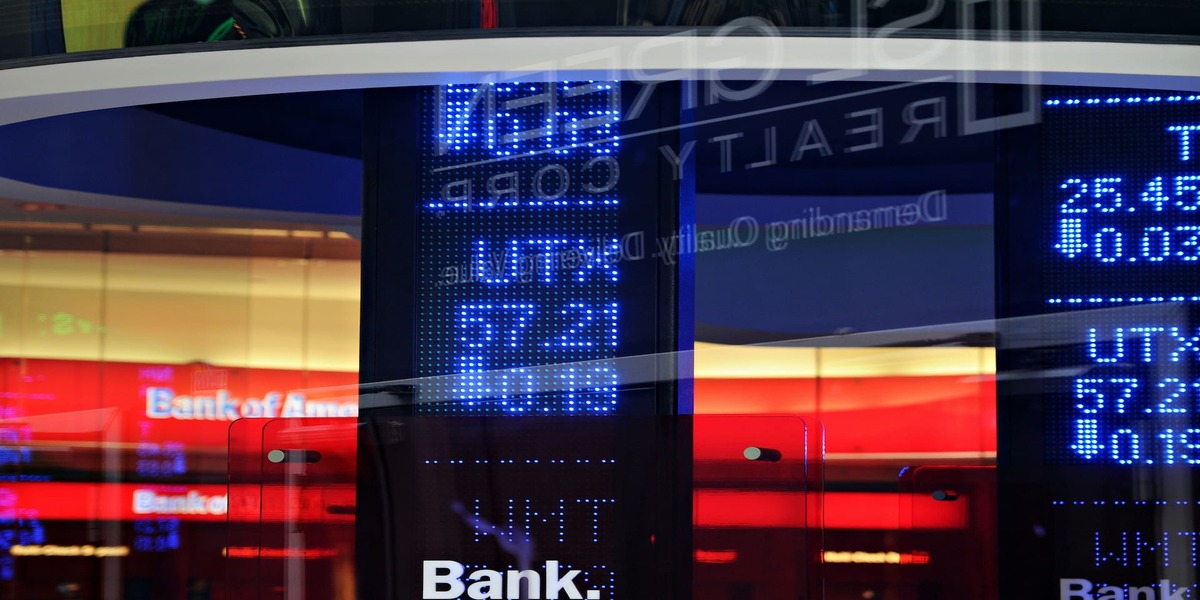Futures and Options, popularly known as F&O, have become two of the most popular derivatives traded in the Indian stock market for the past few years. According to a study by the National Securities Clearing Corporation (NSCC), in 2022, the total value of F&O contracts traded on Indian exchanges was $20 trillion.
Different Players in the F&O Market
There are two main types of players in the F&O market:
Institutional Investors
Institutional investors are large financial institutions, such as hedge funds, investment bankers, DII, etc. They have a lot of money to invest in and use sophisticated trading strategies. Institutional investors are more likely to make decisions based on careful market analysis.
Retail/Individual Investors
Retail/individual investors are small investors who don’t typically have as much experience and funds. They are often more trading by beliefs or intuitions than by logic.
Why it is Easier for Institutional Investors?
It is easier for institutional investors to trade F&O than retail investors for several reasons:
- Institutional investors have a lot of money to invest. This means that they can buy and sell large quantities of contracts, giving them more influence on the market
- They have access to sophisticated trading strategies. These strategies can help them make more informed trading decisions and reduce risk
- Institutional investors have access to faster and more accurate market news and information. This allows them to make trading decisions more quickly and to take advantage of market opportunities.
Zero-sum Game
The F&O market is a zero-sum game. This means that for every winner, there is a loser. In other words, the total amount of money made in the market is equal to the total amount of money lost.
Why Retail Investors lose Money?
Retail investors typically lose money in the F&O market for several reasons:
- They often do not have enough money to invest. This means that they may not be able to withstand losses
- They may not have the experience or knowledge to trade effectively
- They may be influenced by false-lucrative returns, exaggerated glamour in the trading industry, or short-term rich scheme
Retail investors lost a total of $1.5 trillion in the F&O market in 2022. They stood at an average loss of 1.25 lakh per investor. Among active traders, only 6% of individual active traders in the equity F&O segment made a profit, with an average profit of nearly ₹3,400 in FY22.
Here, we have seen some data and information on why it is difficult for a retail trader to earn a profit in the Future and Options market.
In recent years, there have been many reasons why a retail trader is attracted to F&O market, including the following points:
Exaggerated Glamour in the Trading Industry
Many investors are attracted to the F&O market because of the potential for high returns. However, it is important to remember that these returns are not guaranteed. The trading industry is often portrayed as glamorous and exciting in the media. This can lead some investors to believe they can make a lot of money quickly by trading in F&O. However, the reality is that trading is a complex, risky, and boring activity. It requires a lot of time as well as effort.
Influence of Finfluencers
Financial influencers are people who share their trading tips and strategies on social media.
These influencers can have a significant impact on the behavior of retail investors. They may sometimes promote risky trading strategies that can lead to losses. Not all advice may be suitable for their risk tolerance, financial goals, or investment horizon. Blindly replicating strategies can be a reason for your loss.
Short-term rich scheme
Many investors are attracted to the F&O market because they believe they can get rich quickly. However, the reality is that it is very difficult to make consistent profits in the short term. Many investors make trading decisions based on emotion rather than on logic. This can lead to poor trading decisions and losses.
Once you understand the game, it’s about how to win
Retail investors who are interested in investing in F&O should consider investing in mutual funds instead. Mutual funds are managed by professional fund managers with the experience and knowledge to trade effectively. This can help retail investors reduce their risk and improve their chances of making a profit as institutional investors (Mutual Funds) have access to many strategies, fast and accurate information, etc.
Conclusion
Retail investors who are considering trading F&O should carefully consider their investment objectives and risk tolerance. They should also do their research and understand the risks involved before trading.
Create an account to read the full article
Create Account
Already have an account? Sign in

